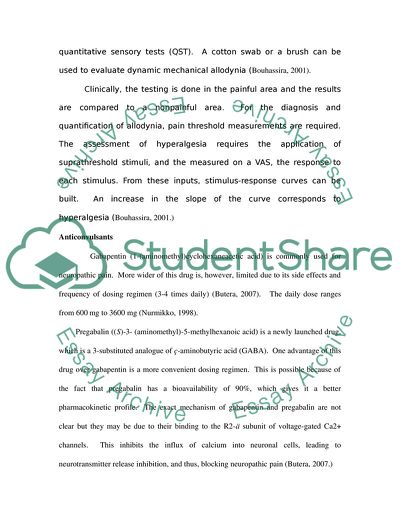Cite this document
(Evaluation of Neuropathic Pains Case Study Example | Topics and Well Written Essays - 2500 words, n.d.)
Evaluation of Neuropathic Pains Case Study Example | Topics and Well Written Essays - 2500 words. Retrieved from https://studentshare.org/health-sciences-medicine/1722442-neuropatic-pain
Evaluation of Neuropathic Pains Case Study Example | Topics and Well Written Essays - 2500 words. Retrieved from https://studentshare.org/health-sciences-medicine/1722442-neuropatic-pain
(Evaluation of Neuropathic Pains Case Study Example | Topics and Well Written Essays - 2500 Words)
Evaluation of Neuropathic Pains Case Study Example | Topics and Well Written Essays - 2500 Words. https://studentshare.org/health-sciences-medicine/1722442-neuropatic-pain.
Evaluation of Neuropathic Pains Case Study Example | Topics and Well Written Essays - 2500 Words. https://studentshare.org/health-sciences-medicine/1722442-neuropatic-pain.
“Evaluation of Neuropathic Pains Case Study Example | Topics and Well Written Essays - 2500 Words”, n.d. https://studentshare.org/health-sciences-medicine/1722442-neuropatic-pain.


